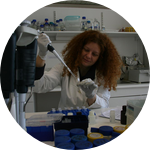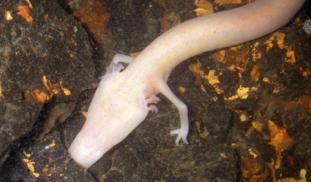Please wait...
About This Project
Estimating and monitoring population sizes of rare and endangered cave animals is a daunting task, mainly because it is extremely difficult and dangerous for humans to penetrate their environment and come face to face with them. To circumvent this problem, I will explore the potential of DNA suspended in groundwater to make inferences about population sizes of an aquatic cave species, the olm Proteus, in different cave systems in south-eastern Europe.

Browse Other Projects on Experiment
Related Projects
Using eDNA to examine protected California species in streams at Hastings Reserve
Hastings Reserve is home to three streams that provide critical habitat for sensitive native species. Through...
City smart: Are cities making birds smarter?
One cannot go to Florida and miss the White Ibises roaming golf, park and private lawns. But how does a...
How do polar bears stay healthy on the world's worst diet?
Polar bears survive almost entirely on seal fat. Yet unlike humans who eat high-fat diets, polar bears never...


